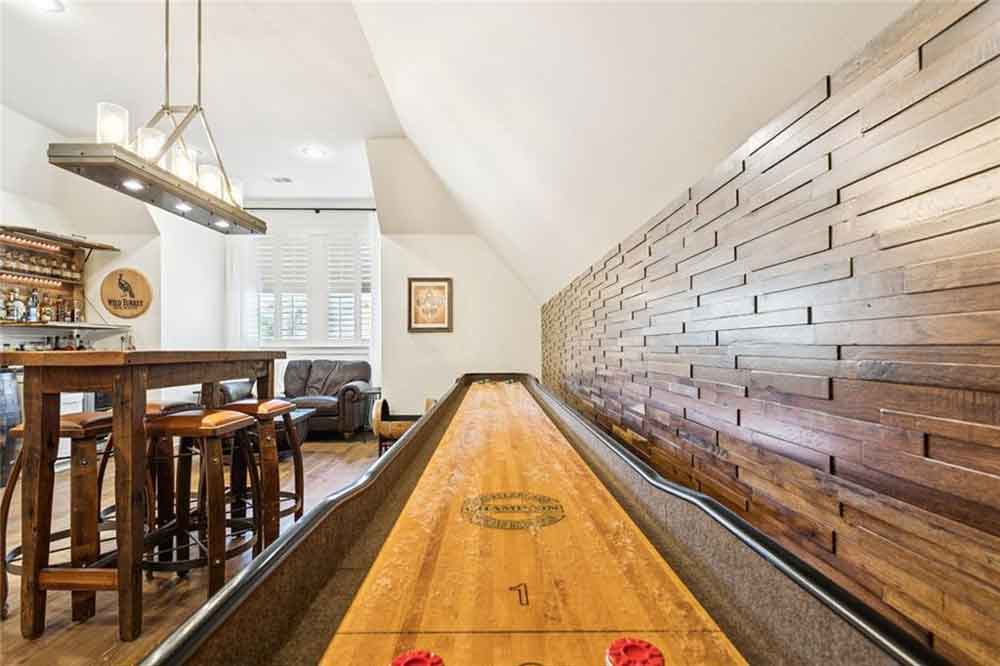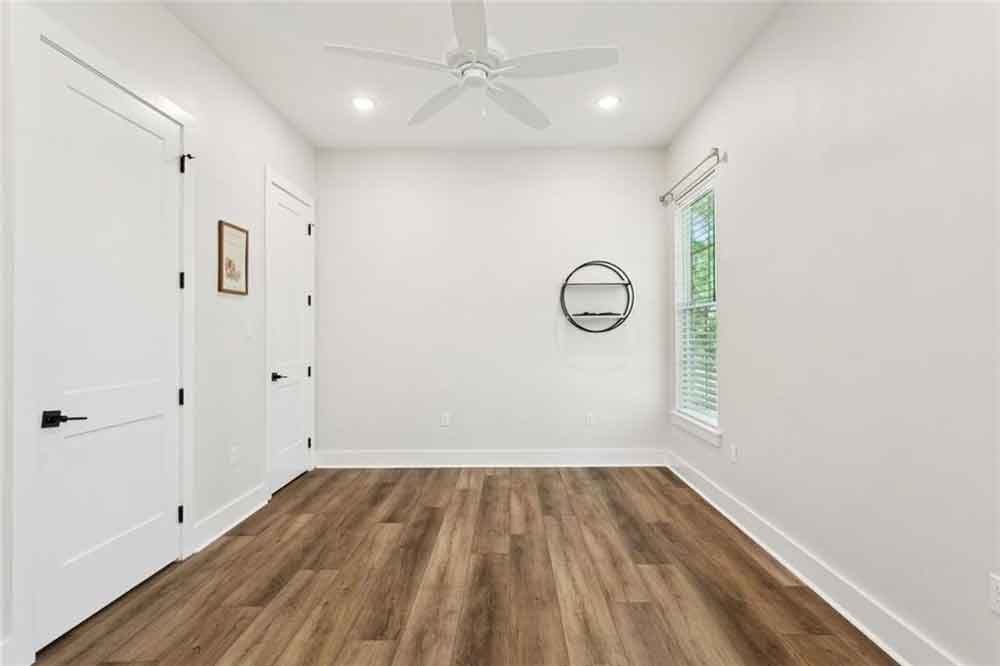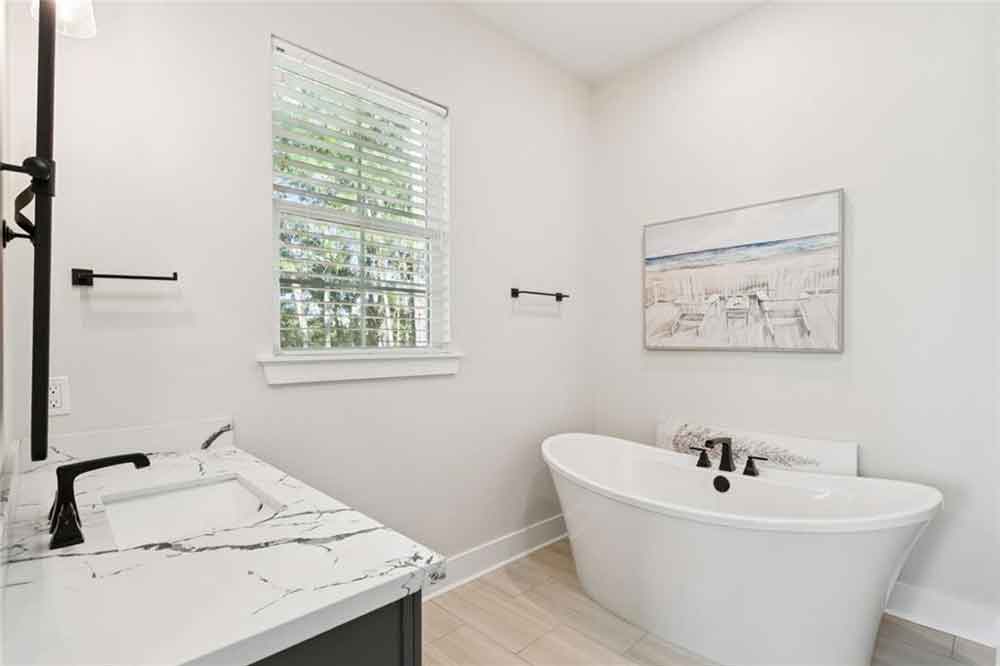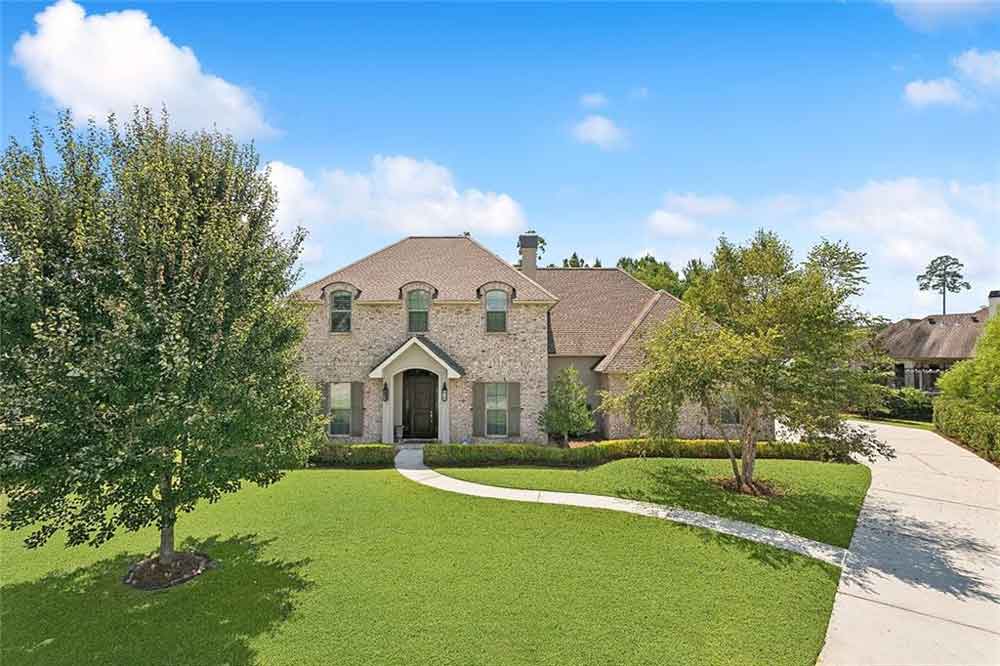Mortgage Rates See Steepest Drop of the Year
Mortgage rates have tumbled in recent weeks, offering long-awaited relief for homebuyers who’ve been sidelined by high borrowing costs. The average rate for a 30-year fixed mortgage fell to 6.35%, down from 6.5% the previous week, marking the largest one-week decline of 2025 so far, according to Freddie Mac. Earlier this year, rates were hovering above 7%, making this a meaningful shift for potential buyers looking to enter the market.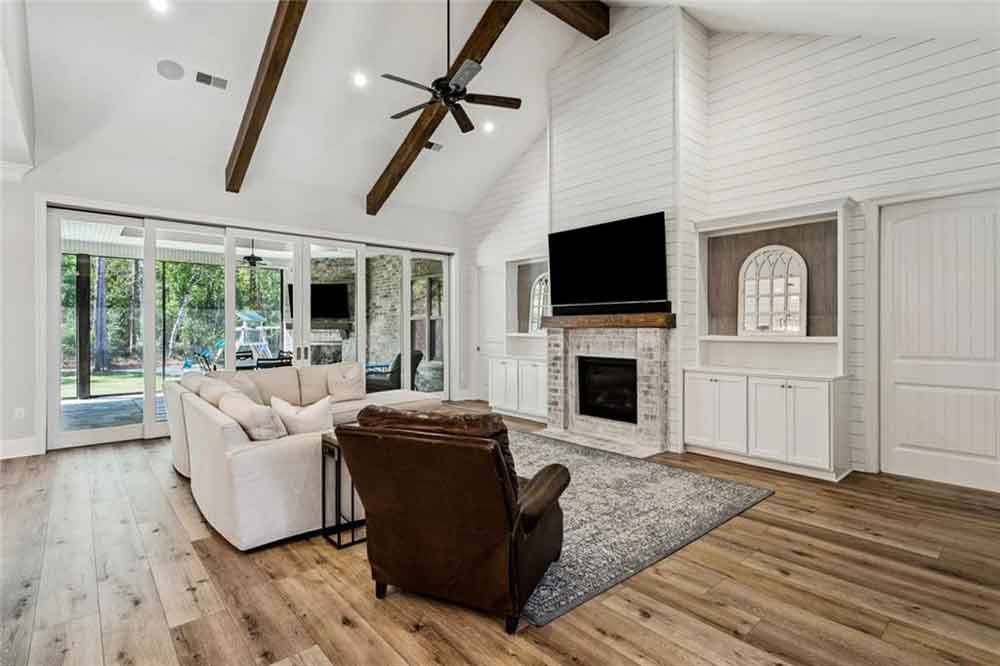
Economists say the sudden drop stems largely from new government data showing a sharp slowdown in hiring, which has strengthened expectations that the Federal Reserve will soon cut interest rates. When the Fed signals lower rates ahead, borrowing costs across the economy — including mortgage rates — tend to fall as well. “This is a significant drop,” said Ken Johnson, a real estate economist at the University of Mississippi. “It’s enough to make a noticeable difference in affordability for buyers.”
Even a modest decline in mortgage rates can translate into substantial savings. According to Rocket Mortgage, a one-percentage-point drop can save thousands — and in some cases tens of thousands — of dollars annually, depending on the home’s purchase price. But this new environment presents a dilemma: should buyers rush to lock in lower rates now, or hold out in hopes of even cheaper financing later this year?
Mortgage rates are closely tied to the yield on the 10-year Treasury bond, which has been falling alongside expectations for an upcoming rate cut from the Federal Reserve. The Fed’s benchmark interest rate — currently between 4.25% and 4.5% — hasn’t changed in nine months, following an aggressive series of hikes meant to curb pandemic-era inflation. Now, officials appear to be shifting focus toward the labor market, which has shown clear signs of cooling.
Fed Chair Jerome Powell recently hinted that a rate cut could come soon, saying the central bank is paying closer attention to slowing job growth. Markets have taken that as a strong signal: according to the CME FedWatch Tool, investors see a 76% chance of three quarter-point rate cuts by the end of the year.
However, experts warn that much of this optimism is already “priced in.” Lu Liu, a finance professor at the Wharton School of the University of Pennsylvania, noted that “expectations of lower near-term rates are being priced in, so current mortgage rates look a bit more attractive.” In other words, for mortgage rates to drop significantly below current levels, the Fed would have to ease policy more aggressively than markets currently anticipate.
A further economic slowdown could push the central bank in that direction, but renewed inflation pressure could stop it from cutting too quickly. Balancing those competing risks will likely determine how much further mortgage rates can fall.
Despite these uncertainties, the housing market is becoming more favorable for buyers in other ways. Home prices have cooled noticeably — the median U.S. sales price fell to $410,800 for the three months ending in June, down from $423,100 in the prior quarter, according to U.S. Census Bureau data. Inventory levels are also rising, and homes are spending more time on the market than they did during the pandemic housing boom.
“Prices have cooled, inventory is up, time on the market is up,” said Julia Fonseca, a professor at the University of Illinois at Urbana-Champaign. “All of this suggests it’s a more favorable market for buyers relative to recent years. That said, it’s really hard to predict what will happen with prices in the future.”
Fonseca cautioned homebuyers against trying to “time the market.” Predicting the exact trajectory of mortgage rates, she said, is nearly impossible. Instead, she recommends focusing on personal finances and long-term needs. If rates fall further after buying, refinancing remains an option — as long as the mortgage doesn’t include prepayment penalties.
“I would be guided by your needs and your personal financial situation, rather than try to make predictions about future prices and future interest rates,” Fonseca said.
In short, the housing landscape is beginning to shift in buyers’ favor for the first time in years — but the window may not stay open for long. With rates dropping and the Fed expected to cut soon, decisive buyers could finally find themselves with both affordability and opportunity on their side.

